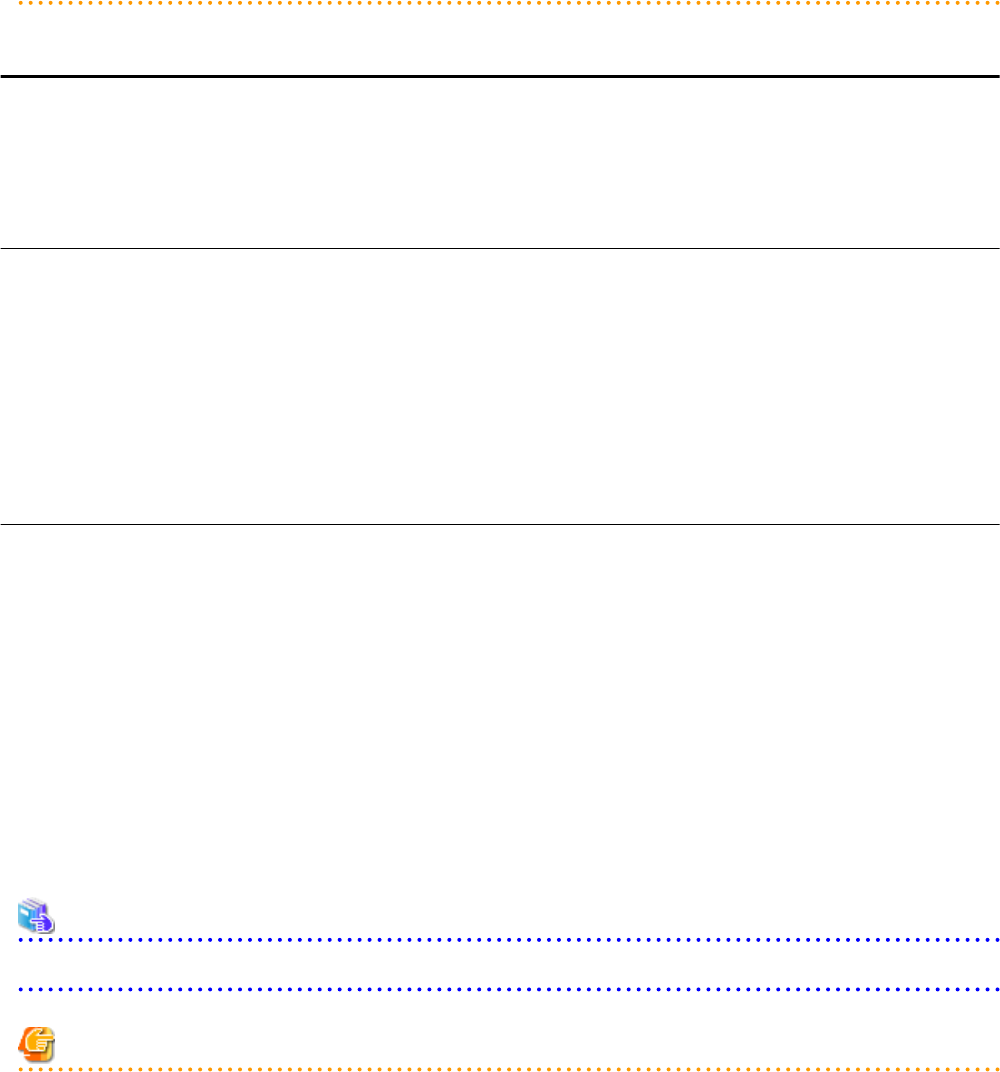
- When there are spare server settings involving the VIOM server profile exchange method
- When there are servers using the VIOM server profile exchange method that are in the following states
- Being switched over
- Have been switched over (prior to failback)
- Being failed back
- Server blades that are managed using VIOM, and are currently the target of operations by Resource Orchestrator (power control,
image-related processes, etc.)
9.4 Deleting LAN Switches and Network Devices
This section explains how to delete LAN switches and network devices.
- Deleting LAN Switch Blades
- Deleting LAN Switches and Network Devices
9.4.1 Deleting LAN Switch Blades
This section explains how to delete LAN switch blades.
Use the following procedure to delete LAN switch blades.
1. In the ROR console server resource tree, right-click the target LAN switch blade and select [Delete] from the popup menu.
The [Delete Resource] dialog is displayed.
2. Click <OK>.
The target LAN switch blade is unregistered.
9.4.2 Deleting LAN Switches and Network Devices
This section explains how to delete LAN switches and network devices.
Use the following procedure to delete LAN switches and network devices.
- The Procedure Using the ROR Console
1. In the ROR console network device tree, right-click the target LAN switch or network device and select [Delete] from the popup
menu.
The [Delete Resource] dialog is displayed.
2. Click <OK>.
The target LAN switch or network device is deleted from the network device tree.
- The Procedure From the Command Line
Use the rcxadm netdevice delete command.
See
For details on the rcxadm netdevice command, refer to "3.8 rcxadm netdevice" in the "Reference Guide (Command/XML) CE".
Note
The network devices already deployed to an L-Platform cannot be deleted.
- 93 -


















